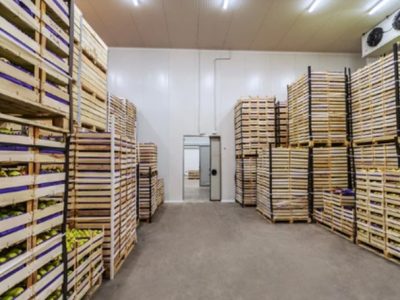Bitcoin mining generates substantial heat that requires efficient cooling solutions to maintain optimal hardware performance and longevity. Water cooling systems provide superior thermal management to traditional air cooling, allowing mining operations to achieve higher hash rates while extending equipment lifespan. These specialized cooling implementations allow miners to overclock their equipment safely while reducing ambient noise levels in mining facilities. The strategic advantage of proper cooling design translates directly to improved profitability through increased computational efficiency and reduced hardware replacement costs. Implementing effective water cooling requires careful planning across multiple technical domains to achieve optimal results.
Heat management fundamentals
Bitcoin mining hardware produces extraordinary heat levels that standard cooling methods struggle to dissipate effectively. ASIC miners operating at maximum capacity can generate thermal output equivalent to small space heaters, creating challenging cooling requirements beyond typical computing applications. While many enjoy their moments to play bitcoin dice on crypto.games, they equally value proper airflow design as key to achieving greater mining stability and financial return. The thermal transfer efficiency of water exceeds air by approximately 25 times, allowing for dramatically improved heat removal from sensitive electronic components.
This superior thermal conductivity enables miners to maintain lower junction temperatures on processing chips, directly correlating with improved computational performance and reduced failure rates during intensive mining operations. Water cooling systems have substantially lower noise profiles than high-CFM air cooling solutions. This noise reduction creates additional deployment flexibility, allowing mining operations in locations where noise restrictions would otherwise prevent air-cooled mining. The quieter operation also reduces operator fatigue in attended mining environments.
Component selection strategy
- Cold plate design must match specific ASIC chip layouts for optimal contact
- Pump capacity requirements increase proportionally with system heat load
- Radiator surface area calculations should allow 120mm per 100W of heat dissipation
- Tubing diameter selections balance flow restrictions against space constraints
- Fluid additives must provide corrosion protection without electrical conductivity
- Reservoir sizing should accommodate the thermal expansion of the coolant volume
- Quick-disconnect fittings enable maintenance without complete system drainage
These component considerations require careful matching to specific mining hardware profiles rather than generic cooling solutions. The optimization for particular ASIC models allows for maximum cooling efficiency while minimizing power consumption from the cooling system itself, preserving more energy for actual mining operations.
Monitoring essentials
- Temperature sensors at both the water block inlet and outlet points track thermal transfer efficiency
- Flow meters verify proper coolant circulation throughout the system
- Pressure gauges identify potential blockage or pump performance issues
- Conductivity monitors detect potential coolant contamination or leakage
- Automated shutdown triggers prevent hardware damage during cooling failures
- Data logging systems track cooling performance trends over time
- Remote monitoring capabilities enable management from off-site locations
These monitoring systems provide critical early warning of developing issues before they result in hardware damage. The preventative approach identifies maintenance requirements based on performance metrics rather than fixed schedules or reactive responses to failures. Heat recovery systems represent the ultimate efficiency optimization, capturing mining thermal output for practical purposes such as space heating or water heating. These implementations transform cooling from a pure cost centre into a potential value generation component, particularly in cold climate regions where heating demands coincide with mining operations.













Comments